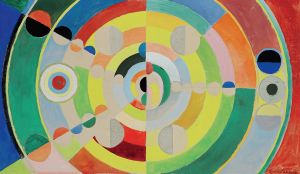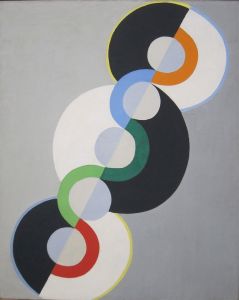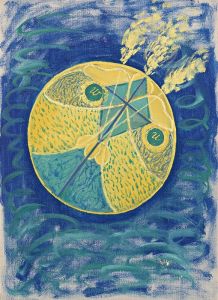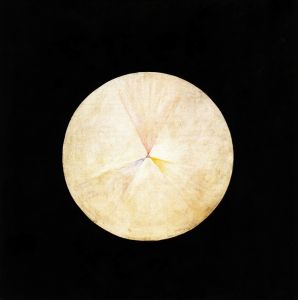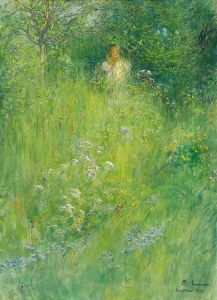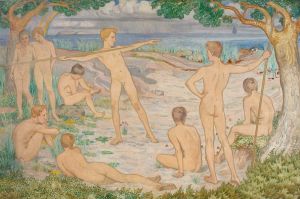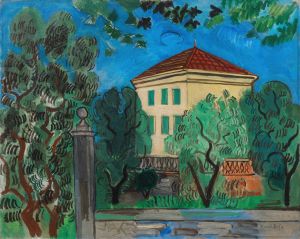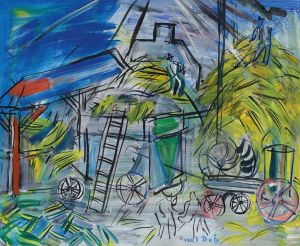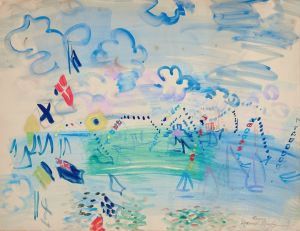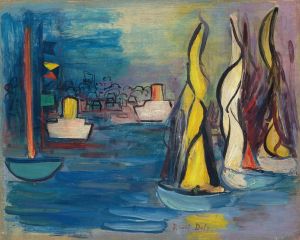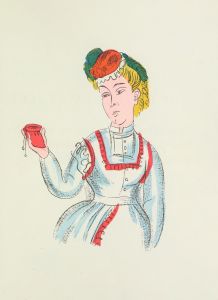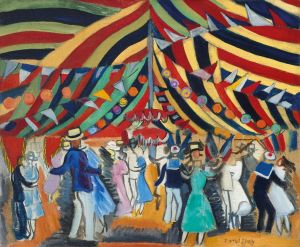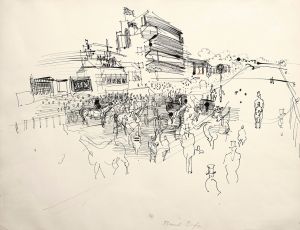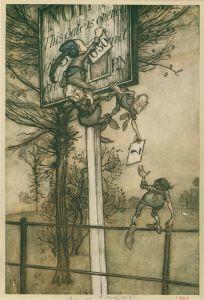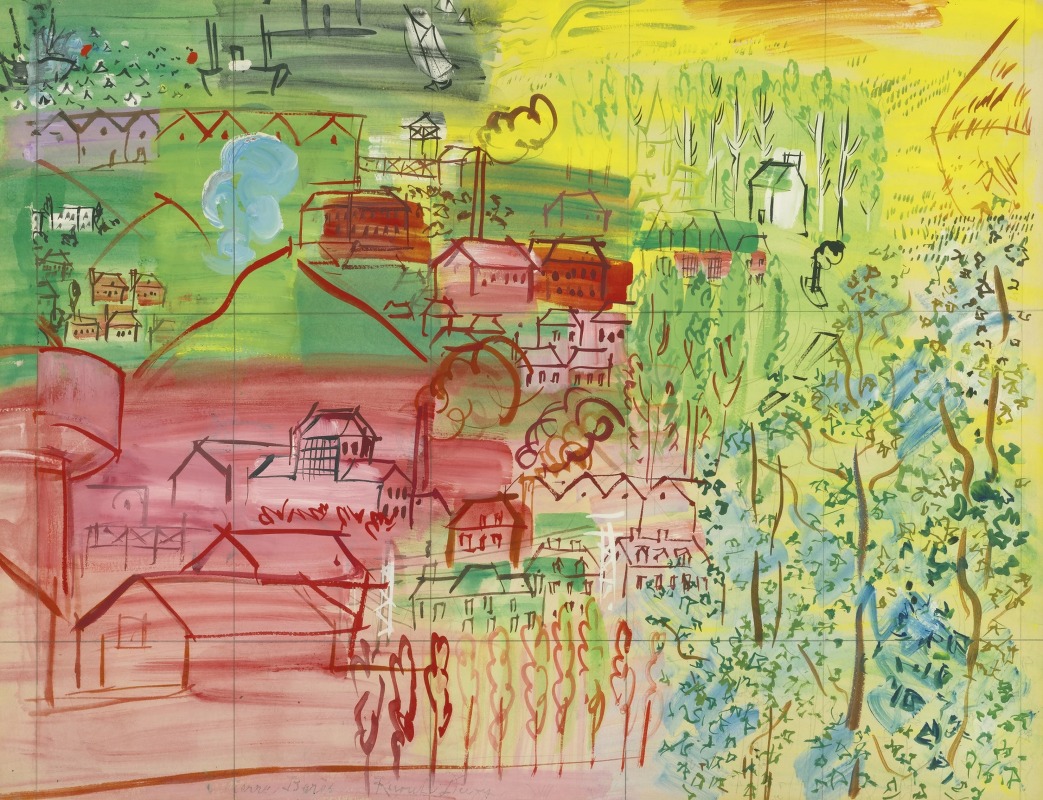
étude pour la fée electricité
A hand-painted replica of Raoul Dufy’s masterpiece étude pour la fée electricité, meticulously crafted by professional artists to capture the true essence of the original. Each piece is created with museum-quality canvas and rare mineral pigments, carefully painted by experienced artists with delicate brushstrokes and rich, layered colors to perfectly recreate the texture of the original artwork. Unlike machine-printed reproductions, this hand-painted version brings the painting to life, infused with the artist’s emotions and skill in every stroke. Whether for personal collection or home decoration, it instantly elevates the artistic atmosphere of any space.
Raoul Dufy's "La Fée Électricité" is a monumental artwork that stands as a significant contribution to both the art world and the history of public art installations. Created between 1937 and 1938, this painting was commissioned for the 1937 International Exposition in Paris, specifically for the Palais de la Lumière et de l'Électricité, a pavilion dedicated to electricity. The work was intended to celebrate the technological advancements and the transformative power of electricity in modern society.
Dufy, a French Fauvist painter known for his vibrant use of color and fluid line work, was tasked with creating a piece that would encapsulate the theme of electricity. The result was a massive fresco, measuring approximately 60 meters in length and 10 meters in height, making it one of the largest paintings in the world. The sheer scale of the work required Dufy to employ a team of assistants to complete the project within the tight timeframe.
"La Fée Électricité" is a panoramic depiction of the history and applications of electricity, featuring over 100 historical figures who contributed to the development of electrical science. Among these figures are Benjamin Franklin, Michael Faraday, and Thomas Edison, each portrayed in a manner that highlights their contributions to the field. The painting is divided into several sections, each illustrating different aspects of electricity, from its natural phenomena to its industrial and domestic applications.
Dufy's approach to the subject matter is both educational and celebratory. The fresco is characterized by its dynamic composition and vibrant color palette, typical of Dufy's style. The artist employed a technique that combined elements of both painting and drawing, using bold outlines to define forms and washes of color to create a sense of movement and energy. This method allowed Dufy to convey the vibrancy and dynamism of electricity, aligning with the pavilion's theme.
The central figure of the composition is the "Fairy Electricity" herself, a symbolic representation of the power and magic of electricity. She is depicted as a radiant figure, surrounded by a halo of light, guiding the viewer's eye across the various scenes and historical figures. This allegorical representation underscores the transformative impact of electricity on modern life, a theme that resonated with the exposition's focus on technological progress.
After the exposition, "La Fée Électricité" was moved to the Musée d'Art Moderne de la Ville de Paris, where it remains on display. The painting is considered one of Dufy's masterpieces and a significant example of public art from the early 20th century. It continues to attract visitors and art enthusiasts, who are drawn to its historical significance and artistic innovation.
In summary, Raoul Dufy's "La Fée Électricité" is a monumental fresco that celebrates the history and impact of electricity through a vibrant and dynamic composition. Commissioned for the 1937 International Exposition in Paris, the work remains a testament to Dufy's artistic vision and the spirit of technological progress that defined the era.





